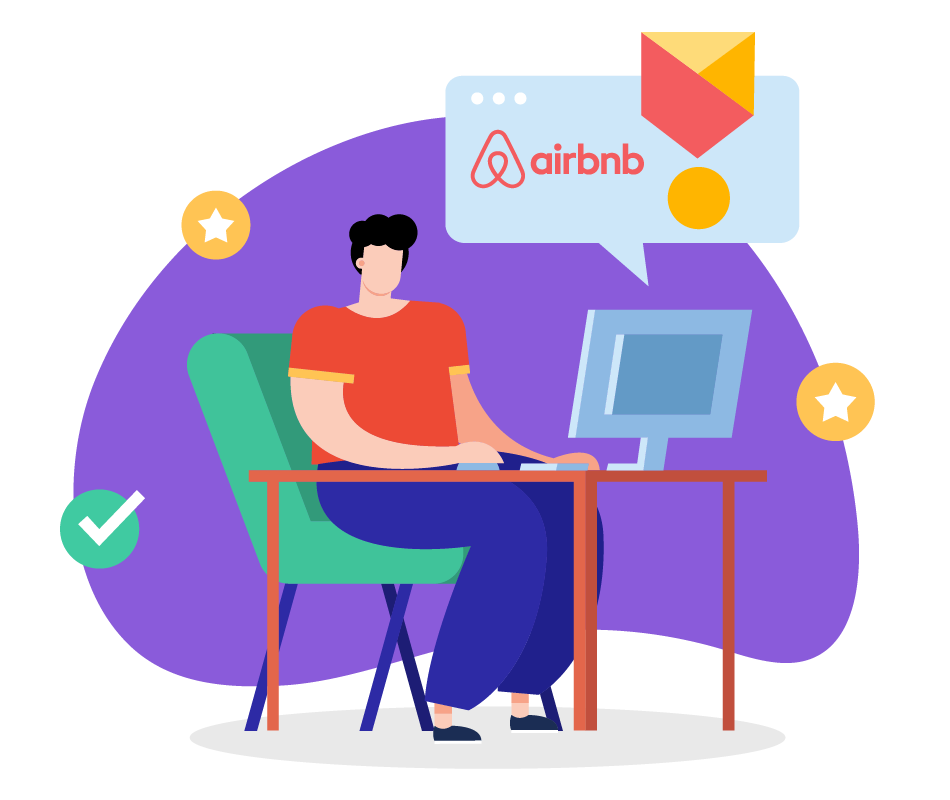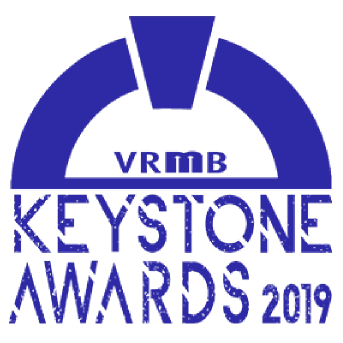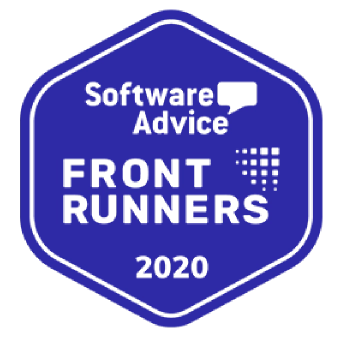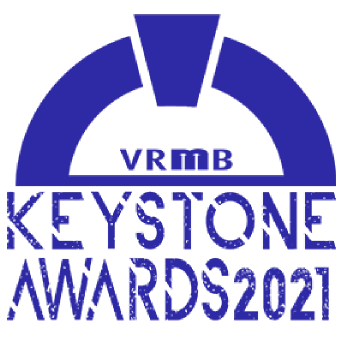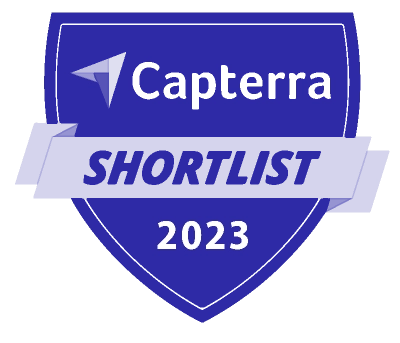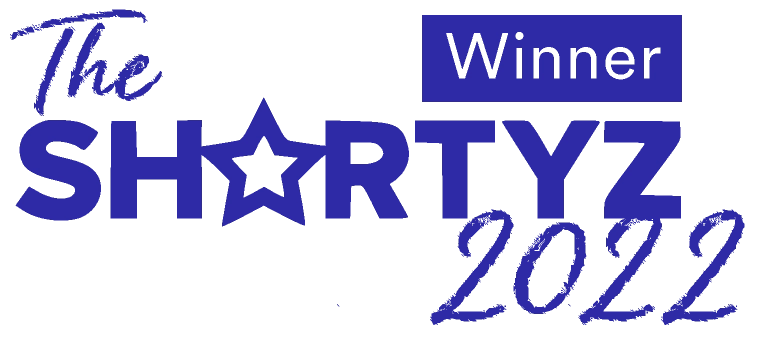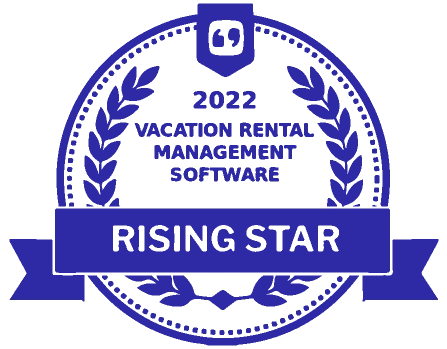Do you know how well your vacation rental business is performing? Although instinct and experience may give you some idea, nothing beats hard data.
The best way to measure and improve the performance of your vacation rental management company (VRMC) is to track KPIs. Effective vacation rental KPIs give you key insights into how well your business manages revenue, operations, marketing, and guest experience.
But there are dozens of different vacation rental KPIs you can track to measure the health of your business. So, how do you know which ones to use? At Hostfully, we specialize in helping VRMCs meet their full potential. We’ve used our experience and expertise in the vacation rental industry to compile this list of the only 14 KPIs you need to know.
What are key performance indicators for vacation rental businesses?
KPIs—an acronym for ‘key performance indicators’—let you measure the health of your vacation rental business.
They can tell you:
-
If your business is meeting all its expected targets (in terms of revenue and occupancy)
-
If your strategies and processes (for example, new marketing campaigns) are effective
-
How your business compares to the competition
Based on the KPIs you track, you can decide what changes you need to make to improve your business.
Some common KPIs are revenue, operations, marketing, and guest experience. While you can measure these KPIs with metrics like average daily rate, listing views, and reviews. As you’ll see, you can (and should) use different KPIs for each area of your business.

How does tracking vacation rental KPIs help your business?
When talking about KPIs, your mind may turn to profit. But this is just one of the benefits of tracking vacation rental KPIs.
They also help you to:
Streamline your business
Tracking operations KPIs show you which processes are time-consuming or costly. That way, you know which operations you need to change or eliminate entirely.
For instance, you might notice your staff struggle to respond to guest inquiries promptly and decide to hire a new receptionist or invest in messaging automation. Changes like these result in smoother operations, more satisfied guests, and happier employees.
Make informed decisions
By using data like historical trends and competitor analysis, you can judge what will work best for your business with more accuracy.
This is especially important for your vacation rental pricing strategy. When you compare your rates with the previous year and what your competitors charge, you get a clearer idea of what nightly rate to set.
Motivate your team
People perform their best when they’re working toward a common goal. If you report on your KPIs and help employees set up their own individual goals, you can boost productivity.
Build trust with homeowners
KPIs also show homeowners that you have a plan for your business. This should inspire confidence in you as a property manager—especially if you can use the data to show that your business is performing well.
What are the characteristics of effective vacation rental KPIs?
Not all vacation rental KPIs are equal—some KPIs are more effective measures of your VRMCs than others.
The most effective KPIs are:
- Actionable.
KPIs should be relevant to your specific business and profile of properties and owners—and lead to action. For example, a poor KPI compares you to all VRMCs and not just your direct competition. When you manage beachside properties, you won’t get meaningful data from comparing yourself against city apartments in the winter months.
- Measurable.
Ideally, KPIs give you objective, quantifiable data that reveal trends and patterns. Think about operations—you can’t count whether a room looks clean, but you can count the time it takes to clean a room or how many items a housekeeper ticks off a checklist.
- Accurate.
This means your KPIs are a true reflection of how well your business is performing. For this reason, tracking occupancy rates isn’t enough. Hypothetically, you could drive your rates down and fill all your rooms but still make a loss.
The top 14 vacation rental KPIs you need to track
We’ve grouped the top 14 vacation rental KPIs into four categories: revenue, marketing, guest experience, and operations. Although these KPIs will suit most VRMCs, regardless of size or type, consider which KPIs in particular work for your specific business model.

Revenue KPIs
Revenue KPIs relate to income but they may include other factors like occupancy and your number of available rooms. They should make up a key aspect of any STR revenue management strategy.
1. RevPAR
RevPAR is a metric to help you measure revenue. It stands for revenue per available rental and shows how profitable you are. It’s a popular metric on accounting software for vacation rentals because it gives a comprehensive idea of financial performance. To calculate your RevPAR, do this sum:
|
Total revenue ÷ Number of available rentals = RevPAR |
This metric is important because it accounts for factors like owner holds (when the owner reserves the property for their own use) and closures during the off-season. If you close your business or stay in one of your properties, they no longer count as available rentals.
2. Average length of stay (ALOS)
Another important metric is the average length of stay because itindicates how much you spend on operations. If you have too many short stays, you’ll have more expenses for housekeeping and toiletries. Calculate your ALOS using this sum:
|
Total number of booked nights ÷ Total number of bookings = ALOS |
3. Average daily rate (ADR)
The average daily rate tells you the average rate for each booked rental
. You can use the ADR to analyze historical data and forecast future earnings. If you set your prices manually, it can give you an idea of how much to charge. Or if you use a dynamic pricing tool, it can help you understand why your revenue is fluctuating.
|
Total bookings revenue ÷ Total number of bookings = ADR |
4. Occupancy rate
As mentioned, your occupancy rate doesn’t give you a very complete picture of your business’ overall performance. But it’s still important to compare your occupancy rate between your different properties and against your competitors. A relatively low occupancy rate indicates that something is wrong.
|
(Number of booked nights ÷ Number of available nights) x 100 = Occupancy rate |

Marketing KPIs
Your marketing KPIs help you track how much exposure your business is getting and how well it’s attracting guests. Not all of these KPIs have specific metrics but they still provide important insights into your VMRC’s marketing performance.
5. Website traffic
When you drive potential guests to your website, you increase your chances of getting direct bookings and thus higher earnings. That’s why it’s important to check the traffic to your website. Use Google Analytics to check stats like:
- New and returning visitors.
Lots of new visitors might mean that your current online marketing campaigns are successful. While a high number of returning visitors could mean that you have satisfied guests and they trust your website.
- Bounce rate.
A high bounce rate means that lots of visitors leave your website straight after arriving. Although your bounce rate doesn’t tell you the problem—which can be anything from slow-loading pages to low-quality content—it tells you that you need to investigate further.
- Conversion rate.
Your conversion rate measures how effectively your website turns leads into bookings.
Google Analytics calculates this for you so no formula is necessary. But it’s worth noting that the average conversion rate is
2% for vacation rentals.
6. Listings
Compare listings to see how well your VMRC performs across different booking sites
like Booking.com and VRBO. For each booking site you use, you should check the listing views and conversion rate. This data tells you whether you’re underperforming on any of your channels and need to update the content or change your strategy.
7. Customer acquisition cost (CAC)
Your customer acquisition cost tells you how much you’re spending to attract each guest. When your CAC is high, consider whether your marketing strategy is effective or whether you can cut costs somewhere. Work out your customer acquisition cost with this formula:
|
Total spent on marketing ÷ Number of guests = CAC |

Guest experience KPIs
Your guest experience KPIs let you know whether you can do more to satisfy your guests. Many of these KPIs don’t have a formula, but they do let you objectively assess your business performance.
8. Referrals rate
Referrals are the ultimate compliment. They are a sign of truly satisfied guests as nobody wants to lose face with a bad recommendation. You can find out what percentage of your bookings are referrals using the sum here:
|
(Total number of bookings ÷ Total number of referrals) x 100 = Referrals rate |
If your referral rate is very high, you may rely on referrals for a lot of your revenue. Consider rewarding the guests who recommended you to encourage them to refer more potential guests, for example, with a discount on their next stay.
9. Star rating
Your rating across sites like Airbnb and Booking.com can tell you whether guests have a good experience with you. When you track it over time, you may notice negative trends that you can address. For example, you could lower the cleaning fees on your rentals if you notice a lot of complaints about the cost.
You can also get an idea of where your rentals are performing well. If you have a higher rating on one platform than another, you know you have more success with that website’s targeted demographic. Perhaps you score more highly with international guests than local ones and need to attract more guests like this to boost your ratings.
10. Guest communications
Guest communication KPIs evaluate how well you anticipate and cater to guests’ needs. You want to know how frequently guests ask the same questions so you can either solve the problem or give them the information up front in your digital guidebook.
With frequently asked questions, consider using triggers with automated replies. Using a PMS tool like Hostfully lets you set up automated messages to respond to common guest inquiries, so guests don’t have to wait for your reply.
Operations KPIs
Your operations KPIs measure how efficiently your business runs. You can assess the health of your operations with metrics based on processes like check-in, guest communication, and cleaning.
11. Inquiry to booking rate
The inquiry to booking rate measures how efficiently your business handles communication with potential guests. When you have a low inquiry-to-booking conversion rate, it suggests that you manage inquiries poorly—or perhaps not quickly enough. People booking a holiday often do so on a first-come, first-served basis. To get your inquiry to booking rate, calculate:
|
Total number of inquiries ÷ Total number of bookings = Inquiry to booking rate |
12. Average response time to inquiries
If you want to check how quickly you respond to guests, work out your average response time to inquiries using the formula below.
|
Total time taken to respond to all inquiries ÷ Total number of inquiries = Average response time |
When your average response time is low, it may mean you’re understaffed or your team needs more training. Or it could be a sign that you need to scale your business using PMS tools like a unified inbox which sends all guest communication to one place and makes sure nothing gets lost.
13. Homeowner churn rate
Tracking your homeowner churn rate is crucial—especially for large VMRCs with hundreds of properties where a steady flow of losses may pass under the radar. It’s normal to lose a client occasionally but a high homeowner churn rate is a sign of dissatisfied clients. The sooner you notice, the easier it is to fix the problem before more clients leave. Check your homeowner churn rate with this sum:
| (Total number of lost clients ÷ Total number of clients) x 100 = Homeowner churn rate |
14. Net operating income (NOI)
Net operating income tells you how much you’re spending on operations processes like cleaning and inventory. If your NOI is low, you’re probably overspending on operations and need to figure out how and where to cut costs.
Don’t forget to check your ALOS (mentioned above) as this can tell you if a high turnover rate is causing your low NOI.
|
Total revenue – Operating costs = NOI |
What tools should you use to track vacation rental metrics?
Now you know the most important KPIs, let’s look at some tools you can use to track them.
Hostfully PMS

Hostfully’s property management system (PMS) can provide you with all the tools and integrations you need to track your KPIs. The platform includes:
Property data management tools
to see your reviews across listings
Customer data management tools
to track guests who have booked with you
-
A range of integrations like KeyData and Beyond with data dashboards that let you measure how well your business is performing in different areas.
|
PROTIP: Hostfully’s new enhanced reporting feature provides data from all integration partners. Run a default report in seconds or create your own custom reports. |
Google Analytics
Google Analytics collects data from your direct bookings site and uses them to create reports on your traffic sources, engagement rates, the average time visitors spend on your page, and conversion rates. (Note that conversion rates only work when you set up goals, which not everyone will want or be able to do.)
To access your Google Analytics reports, follow some simple pathways:
- New and returning visitors
| Google Analytics > Audience > Behavior > New vs. Returning |
- Engagement
| Google Analytics > Report > Acquisition > User Acquisition/Traffic Acquisition |
- Conversion rate – doesn’t work without goals set up
| Google Analytics > Conversion > Goals > Overview |
Key Data Dashboard
Designed for property managers, Key Data can provide you with data and insights to help you save time and increase revenue. The platform lets you calculate important metrics like RevPAR and occupancy rate and easily compare yourself to your competitors.
Key Data also provides you with useful insights like marketing trends to help you make the most informed decisions possible. For example, you can calculate your RevPAR and then check the projected demand for rooms to figure out the optimal nightly rate for your vacation rentals.

Dynamic pricing tools
Most dynamic pricing tools like Beyond and PriceLabs will calculate metrics like your ADR and occupancy rates. They can also benchmark your business against market data to tell you how well you’re performing.
The beauty of dynamic pricing tools is that they both measure and improve performance. Dynamic pricing tools, as the name suggests, can adjust your prices in response to changes in the market data. This can make all the difference for VRMs as you’ll no longer have to change all your prices manually and you won’t miss a sudden change in demand.
How to make vacation rental KPIs work for you
With the right metrics and tools, tracking vacation rental KPIs can save you time, money, and hassle. So it’s worth choosing KPIs that suit your business type and size from the start. Then, you also need to make sure you have a complete toolkit to analyze and report the data.
Hostfully not only lets you measure your data, it also provides you with plenty of the solutions you need to improve your performance. Best of all, Hostfully automates processes like dynamic pricing and financial reports so you can access key information when you need it.
Frequently asked questions about vacation rental KPIs
What are the KPIs for Airbnb?
Airbnb lets you measure your marketing and guest experience KPIs. It displays your listing views, conversion rate, and rating to show how well you’re attracting potential guests and managing the stays of those who book.
What are the 4 types of KPIs?
The four main types of KPIs for vacation rental properties are:
-
Revenue KPIs which monitor how well your business is performing financially
-
Operations KPIs which monitor how time and cost effective your processes are
-
Marketing KPIs which tell you how effectively you advertise your business to potential guests and convert leads into bookings
-
Guest experience KPIs which track how satisfied your guests are with your business
How many KPIs should you have?
You should have between four and ten KPIs for each area of your VRMC so you don’t spread your attention too thinly. Only choose the ones you need to give you key data and insights.
What are the 5 key performance indicators for vacation rentals?
The 5 key performance indicators for vacation rentals are:
-
Revenue per available rental (RevPAR)
-
Average daily rate (ADR)
-
Average length of stay
-
Conversion rate
-
Ratings
What do smart KPIs stand for?
Smart KPIs stand for specific, measurable, attainable, relevant, and time-bound key performance indicators. These characteristics are a way of evaluating how effectively KPIs measure your business performance.

